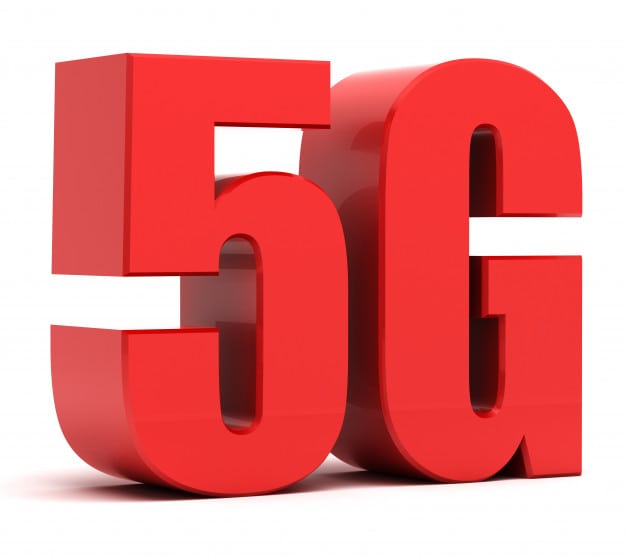
South Dakota “is leading the way in 5G,” said Thune, noting that witnesses like South Dakota State University President Dr. José-Marie Griffiths, are training those who will design “and protect our 5G networks and the services they will offer.” Thune credited Sioux Falls Mayor Paul TenHaken and FCC Commissioner Brendan Carr, with establishing rules and policies that encourage 5G deployment. Midco, SDN Communications and Verizon are working to deploy the 5G networks and related infrastructure that will bring South Dakota the next generation of wireless communications, according to the Senator.
Carr described the Commission’s efforts to fix the “broken federal review process” for small cell siting. He said the agency’s recent order “cut $1.5 billion in red tape, and one provider reports that it is now clearing small cells for construction at six times the pace as before.”
TenHaken said the city seeks “fair and reasonable compensation” for city staff’s time to review carriers’ deployment applications. In exchange, Sioux Falls offers a, “reasonable time frame to approve or deny applications, or work with the carrier on an alternative site.” The city also wants easement fees that cover “inflationary costs” incurred when carriers site their infrastructure on city assets, TenHaken said.
In South Dakota, instead “of hundreds of feet between a tower and a consumer, our fixed wireless system can beam high-speed broadband 5-28 miles between a tower and a consumer,” said Midcontinent Communications, or “Midco” Senior Director of Government Relations, Justin Forde. Midco provides fixed wireless broadband to large portions of the Red River Valley with a square footage of approximately 14,000 miles, using 140 cell towers, water towers and grain elevators. Forde called the partnership of fiber and fixed wireless a, “viable, and long-term” solution to the digital divide.
5G is still all about wires, according to SDN Communications CEO Mark Shlanta. “If I’m going to use my smartphone to send a message to my mother across town or my sister, who lives in South Korea, nearly all that communication will travel fiber in the ground or under the ocean; it’s only the very last part of the connection – from the handset to the tower – that is wireless. Today’s 4G and tomorrow’s 5G wireless do not exist without the 6G fiber that empowers them.”
October 15, 2018



